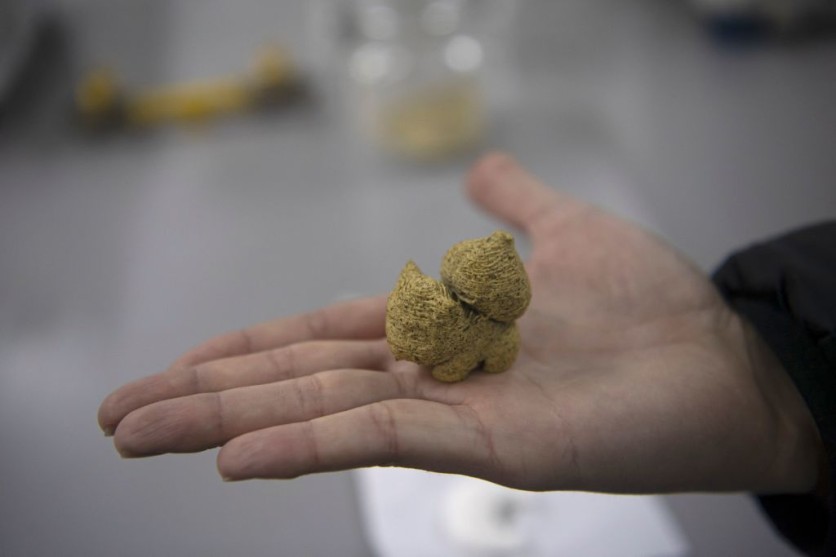Baylor University chemists have used lithopane and 3D printing to turn scientific data into tactile graphics that glow with a video-like resolution, according to Interesting Engineering.

The research shows how art supports science in a way that makes it more accessible and inclusive. It shows that thin, translucent tactile graphics can make imagery accessible to everyone, regardless of eyesight.
Lithophanes Create a Common Ground Between Sighted and Blind People
Lithophanes are made from translucent materials, and they may appear opaque in ambient light. However, when backlit by any light source, they glow like a digital image. In the study, the researchers used 3D printing for lithophanes.
The researchers tested the lithophanes on both sighted and blind students and found that the average accuracy for all five lithophanes was 96.7 percent for blind tactile interpretation and 92.2 percent for sighted interpretation of back-lit lithophanes.
The lithopanes provide a data format that can shred between sighted and blind individuals, which will make STEM more accessible. With this, it becomes a common ground for sighted and blinded people.
With tactile graphics, anything a sighted person can see can be felt by blind people with their fingers. Therefore, it makes high-resolution images and data accessible and shareable, regardless of their eyesight.
The Future of Tactile Graphics
The tactile graphics can also provide information on a bigger screen with a resolution comparable to an HDTV. The researchers believe this could be used to make data or images more accessible to blind people in many settings. It could show the latest scientific research at an exhibition, for example, or in a classroom. For the blind, it will be a visual experience.
With the use of lithophanes, anything that one can see with the eyes can be felt with the fingers. It, therefore, makes high-resolution images and data accessible and shareable, regardless of their eyesight. The technology is compatible with desktop, mobile and web-based platforms.
This means that blind people or people with impaired eyesight can gain access to visual information on devices and platforms that they can touch and use. This, therefore, makes the technology more practical and relevant. Therefore, tactile graphics have much to offer.
Art and Science
The researchers believe this will spur the development of unconventional art and science. They hope to create a new interdisciplinary dialogue that crosses boundaries between art and science.
The researchers hope to create a new interdisciplinary dialogue that crosses boundaries between art and science and that advances the dialogue between art and science. In turn, this will help people enjoy science and appreciate it more. This is one of the benefits of lithophane technology.
Related Article: A Cure For Blindness May Be In Sight Thanks To Vision Cell-Restoring Gene Therapy
This article is owned by Tech Times.
Written by: April Fowell
ⓒ 2025 TECHTIMES.com All rights reserved. Do not reproduce without permission.




